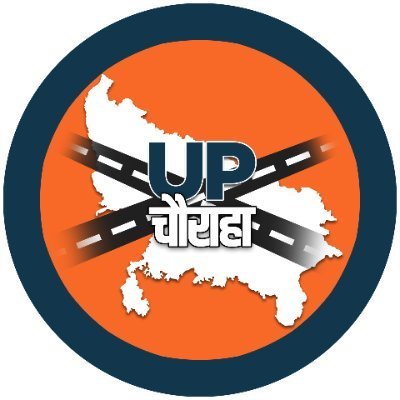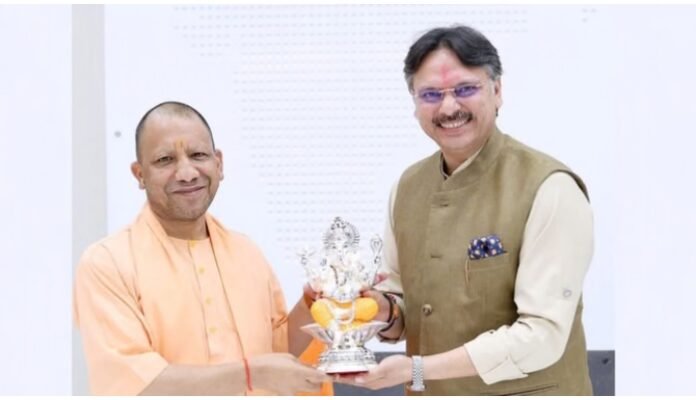Chief Minister Yogi Adityanath has been presented with a proposal for an area-wise demographic policy by BJP MLA from Sarojininagar, Dr Rajeshwar Singh. Dr Singh has also recommended its implementation. The objective of this policy is to ensure balanced population growth, women’s empowerment, and social unity across Uttar Pradesh.
Dr Singh stated that under CM Yogi’s leadership, Uttar Pradesh has made remarkable progress in good governance, women’s safety, and social reform. He added that the time has come to establish the “UP Model” in the domain of demographic balance as well. Citing census data, he said that in 1951, the Hindu population was 84.4%, while the Muslim population was 14%. By 2011, this gap had narrowed to 79.7% and 19.3%, respectively.
In several districts, the Muslim population has become disproportionately high—Rampur (50.6%), Sambhal (56%), Moradabad (47%), and Mau-Azamgarh (around 50%). In his proposal to the CM, Dr Singh recommended that every district be categorised into Green, Amber, and Red zones, with a region-specific demographic policy applied accordingly.
Linking the two-child policy to government services
The proposal also suggests linking the two-child norm with eligibility for government services. Other recommendations include free education for girls up to class 12, doorstep healthcare under Mission Parivar Vikas 2.0 in districts with high fertility rates, and public monitoring of key indicators through a UP Demography Dashboard. To encourage performance, the proposal suggests awarding an additional 5% development grant to better-performing districts, giving priority in tax and housing benefits to families with two or fewer children, and strictly applying the two-child rule in regions with high fertility rates.
Dr Singh added that these measures could improve population balance, maternal and child health, women’s education, reduce illegal migration, and strengthen social harmony. He emphasised that the proposed policy is not directed against any community but is aimed at building a balanced, educated, and empowered future for the state.


